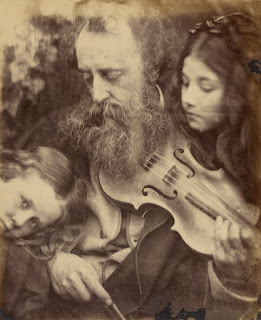Dr. Doodles
I can remember when I first started drawing I was obsessed
with precision and making thing proportional when sketching a person. I no long wanted to draw eyes too far up on
the head like I did when I was a kid. In
my early 20s I discovered a book called “Artistic
Anatomy” by Paul Marie Louis Pierre Richer (originally published in 1889)
hoping to study it to become better at sketching the human form. The book went into the particulars of the
human body and it followed the same practices that da Vinci did when he merged
artistic and scientific observation (Irving).
The artistic eye was used to further medical research as it did required
great attention to detail.
Body Code is a collection of biomedical animation displayed
in galleries to gain public interest in scientific knowledge. The detail of the cellular phenomenon can be
quite a vision when magnified from its molecular scale.
In recent times, we have separated medical science from the
world or the arts and there has been great effort to bring them back
together. For instance, Colby College in
Waterville, Maine has an area of study that investigates the intersection of the
two disciplines (Boyle). But the keen
eye for detail is not the only thing that is attracting educators to the connection
between the arts and medical science.
Virginia Commonwealth University is doing some fascinating
things as the Arts and Medicine departments are co-programming to aid med
student and practicing doctors. Sculptures are being used as practicing tools
for surgeries so that doctors can develop an effective plan action of the
operating room and student can get a firmer grasp of the physiological aspects
of their studies.
There is an emerging field dubbed medical humanities that is
using art as tool to teach future physicians skills that have been lost due to
an emphasis on the hard sciences. A
number of professors are claiming that an arts education and be “valuable in developing essential skills that doctors need,
like critical thinking and observational and communication skills, as well as
bias awareness and empathy” (Lesser).
These skills have an effect on patient care as art interpretation can
directly translate into interpreting a patient’s demeanor, pain, and appearance
to develop an effective plan of action for care (Hoinski).
Harvard Medical School is one of the leading programs to use
art as a training mechanism for future physicians.
Work Cited:
Richer, Paul Marie Louis Pierre. Artistic Anatomy. Watson-Guptill Publications, 1986.
Irving, Carolyn. “The Correlation Between Art and Medicine.”
The Almost Doctor Channel, 18 May 2016, almost.thedoctorschannel.com/the-correlation-of-art-and-medicine/
Berry, Drew. “Body
Coding.” Walter + Eliza Hall, 2003. www.wehi.edu.au/wehi-tv/body-code
Boyle, Gerry. “The Intersection of Art and Medicine.” Colby
Magazine, Spring 2015, www.colby.edu/magazine/the-intersection-of-art-and-medicine/
Chafin, Carlos. “VCU: Medicine Through The Eyes of
Artists.” Youtube, Nov. 2014. www.youtube.com/watch?time_continue=366&v=S0t7plsqYqk
Lesser, Casey. “Why Med Schools Are Requiring Art Classes.”
Artsy, 21 Aug. 2017, www.artsy.net/article/artsy-editorial-med-schools-requiring-art-classes
Hoinski, Michael. “Improving Medicine With Art.” The New
York Time, 11 Mar. 2017, www.nytimes.com/2017/03/11/arts/improving-medicine-with-art.html


Comments
Post a Comment